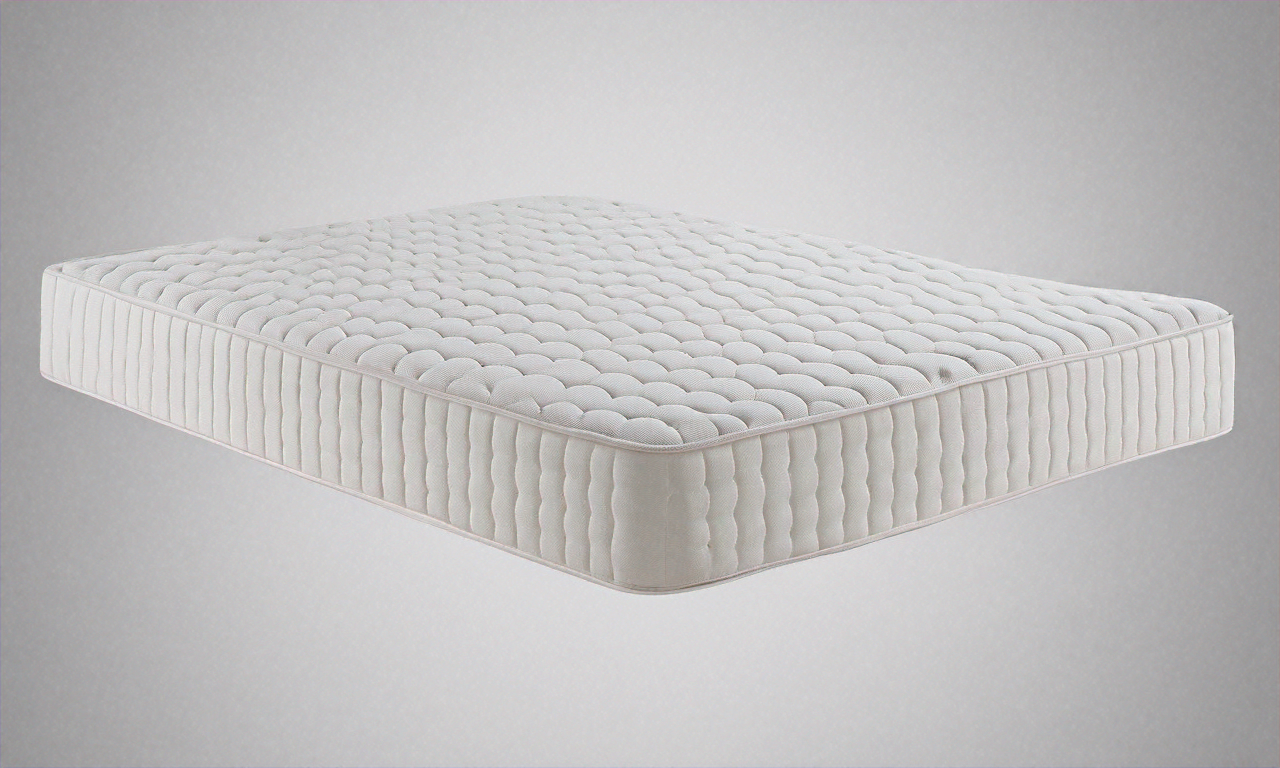The Ageless Appeal of Botox: A Deeper Look into Its History and Modern Usage
Botox, the brand name for botulinum toxin type A, is known worldwide as a cosmetic treatment for wrinkles and fine lines. However, the journey of Botox from a deadly bacterium to a sought-after beauty treatment is fascinating and filled with scientific marvels. It all began in the 19th century with the study of a disease called botulism, and today, Botox is a billion-dollar industry, transforming the landscape of aesthetic medicine.

The Unexpected Origins of Botox
It’s hard to imagine that a substance used to smooth out wrinkles was once associated with a severe form of food poisoning. Botulism, a sickness caused by the bacterium Clostridium botulinum, was first studied by Dr. Emile Pierre van Ermengem in the late 19th century. By the 1920s, scientists had isolated botulinum toxin, and its potential therapeutic uses began to emerge.
In the 1950s, Dr. Edward Schantz and his team successfully purified botulinum toxin type A into crystalline form. This was a significant step, as it gave researchers the raw material they needed to study the toxin’s effects and potential uses further. It was during this period that Dr. Alan Scott, an ophthalmologist, began researching the toxin’s potential to treat crossed eyes (strabismus).
Botox Breakthrough: From Medical Marvel to Cosmetic Revolution
In the 1980s, Dr. Scott received FDA approval to use the botulinum toxin—then named Oculinum— for the treatment of strabismus. Around the same time, Vancouver-based ophthalmologist Dr. Jean Carruthers observed that her patients being treated for eye disorders with Oculinum were also experiencing a reduction in wrinkles. This observation sparked an idea that led to the most significant breakthrough in the history of cosmetic dermatology.
Dr. Jean Carruthers and her husband, Dr. Alastair Carruthers, a dermatologist, began studying the effects of botulinum toxin on facial wrinkles. Their research culminated in a landmark study published in 1992, which demonstrated that botulinum toxin was safe and effective in reducing frown lines. This study laid the groundwork for the use of Botox in cosmetic applications, forever changing the landscape of aesthetic medicine.
The Global Impact of Botox and Modern Trends
In 2002, the FDA approved Botox for cosmetic use, specifically for the temporary improvement of moderate to severe frown lines in adults. This approval marked the beginning of a global trend in non-surgical aesthetic treatments. Today, Botox is used to treat various cosmetic concerns, including forehead lines, crow’s feet, and even excessive sweating.
Botox’s popularity has grown exponentially over the years. According to the American Society of Plastic Surgeons, Botox was the most popular minimally invasive cosmetic procedure in the United States in 2019, with over 7.7 million procedures performed. It’s not just the numbers that testify to Botox’s popularity; the social acceptance of the treatment also speaks volumes. Celebrities openly discuss their Botox treatments, and it’s become a regular part of beauty routines for many people worldwide.
Botox: A Testament to Medical Innovation and Beauty Trends
The story of Botox is a testament to the power of medical innovation and the ever-evolving beauty trends. What began as a deadly bacterium is now a tool for aesthetic enhancement, offering a quick, minimally invasive solution to age-related concerns. As we look towards the future, the applications of Botox continue to expand, with ongoing research into treatments for conditions such as depression and premature ejaculation.
Botox’s history and its current prominence in the beauty industry provide a unique insight into how scientific discoveries can transform societal norms and beauty standards. It’s a story that continues to evolve, with new chapters being written as we speak. One thing is clear, though: Botox, once a medical mystery, is now an integral part of the global beauty industry, and its influence shows no signs of waning.




